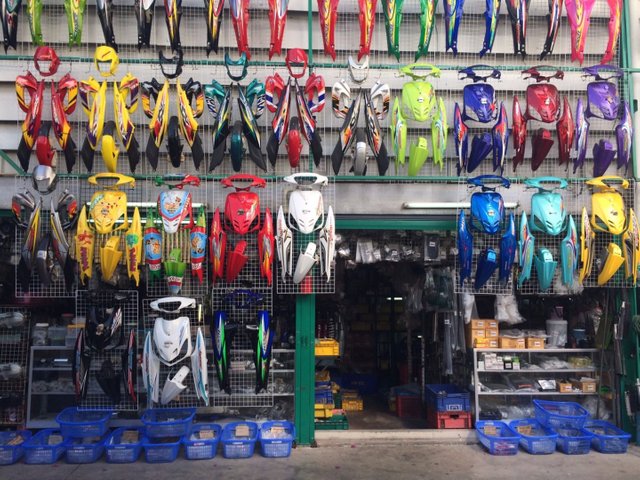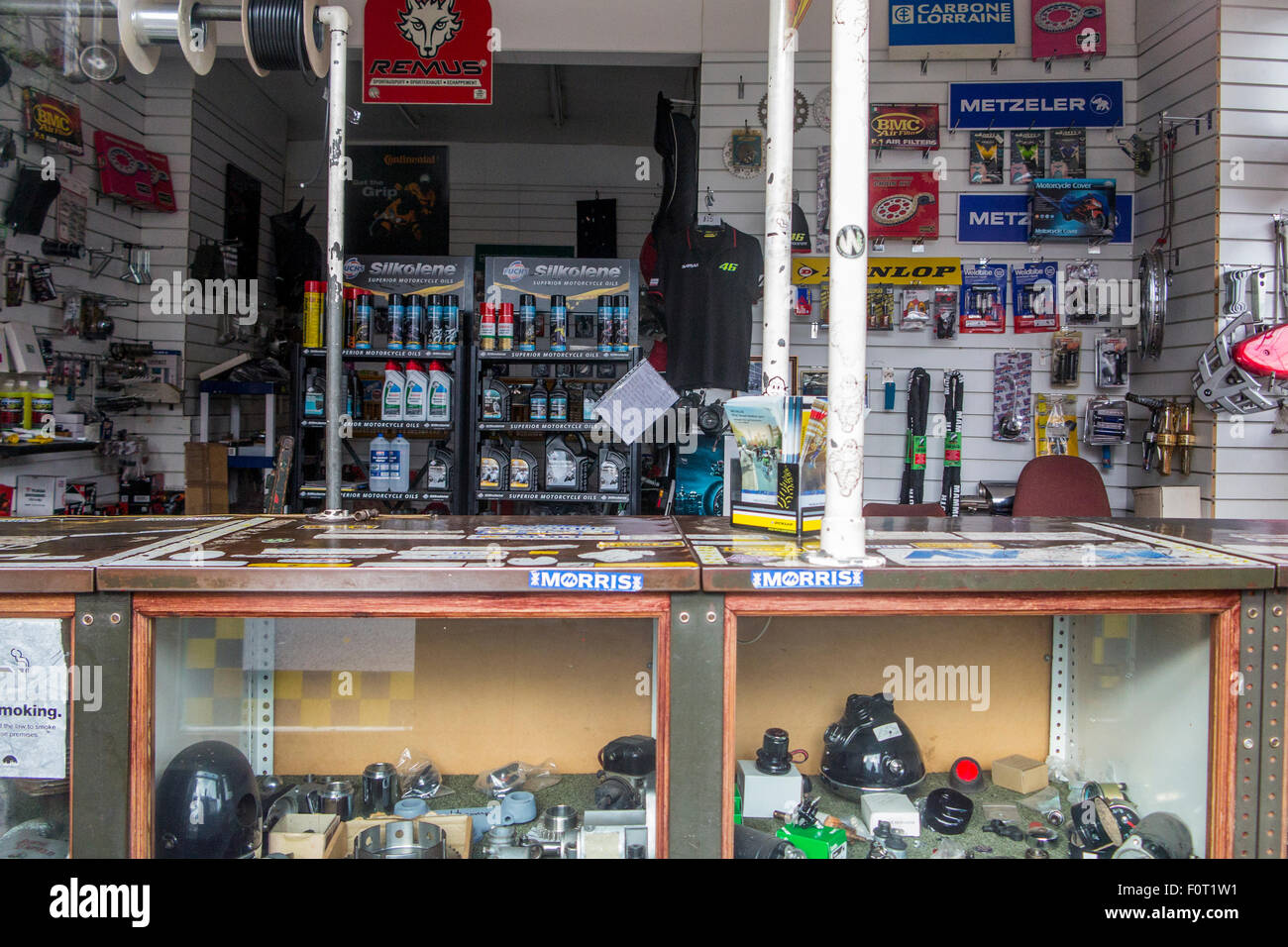Let Loose Efficiency with Premium Motox Parts NZ Available Here
Let Loose Efficiency with Premium Motox Parts NZ Available Here
Blog Article
Comprehending the Crucial Parts of a Bike: A Comprehensive Overview for Enthusiasts
For motorcycle lovers wanting to boost their riding experience and guarantee their bikes run efficiently, comprehending the necessary components of a motorbike is critical. Each element, from the engine's elaborate operations to the critical role of the stopping devices, not only affects efficiency however likewise safety and convenience. This overview will go through the fundamental parts that every motorcyclist need to know with, enabling informed selections in both maintenance and potential upgrades. As we start this expedition, one must ask: exactly how does each element engage to develop the smooth experience every enthusiast looks for?
Engine Components

The camshaft plays a crucial function in regulating the timing of the engine's valves, ensuring the specific opening and closing necessary for reliable gas and air consumption, as well as exhaust expulsion. This timing is vital to preserving optimal engine performance and performance. Additionally, the carburetor or fuel shot system, relying on the motorbike design, is accountable for blending air with fuel in the appropriate ratio for burning.
The air conditioning system, either air or liquid-based, functions to preserve the engine's temperature level within functional limitations, protecting against getting too hot and making certain longevity - moto parts nz. Each part, thoroughly designed and incorporated, adds to the smooth operation of the engine, specifying the motorbike's power output and general performance
Transmission System
Integral to the bike's performance, the transmission system guarantees effective power transfer from the engine to the wheels. This system consists of several crucial parts, including the clutch, transmission, and last drive, each playing an important role in converting the engine's power into movement. The clutch, commonly run by a hand lever, serves to engage and disengage the engine from the transmission, allowing for smooth equipment adjustments and controlled velocity.
The gearbox, often described as the transmission proper, includes a set of equipments that cyclists can by hand shift with to change the bike's speed and torque outcome. These gears are arranged in a sequence that enables the bike to increase smoothly and keep ideal engine efficiency throughout various rates. Most bikes utilize a sequential transmission, needing the motorcyclist to change equipments in a predetermined order.
Braking Systems
While recognizing the transmission system is essential to using a motorcycle's power, just as essential is the ability to manage and quit that power effectively, which is where stopping mechanisms enter into play. Brakes are essential for safety and efficiency, giving the biker with the essential control to browse different terrains and conditions. Normally, motorcycles include two sorts of stopping systems: disc brakes and drum brakes.
Disc brakes are a lot more widespread in modern bikes because of their premium performance. They contain a brake disc, caliper, and pads. When triggered, the caliper presses the best motorcycle riding gloves brake pads versus the spinning disc, converting kinetic power right into warmth, consequently slowing down the wheel. This system supplies better warmth dissipation, consistent efficiency, and boosted quiting power, especially in damp problems.
On the other hand, drum brakes, though much less common, are still discovered in some motorcycles. They function by pushing brake shoes against the inner surface area of a drum connected to the wheel. While normally less efficient in warmth dissipation and stopping power, drum brakes are less complex and more economical.
Recognizing these stopping systems' subtleties allows motorcyclists to keep their motorbikes effectively and value the design that guarantees risk-free and effective stopping.
Suspension and Guiding
Suspension and guiding systems are important parts that significantly affect a motorcycle's handling and ride comfort. The suspension system, containing forks at the best winter riding gloves front and shock absorbers at the back, takes in roadway abnormalities, improving stability and control. Front forks, upside down or usually telescopic, compress and rebound to mitigate influences, while rear shock absorbers keep tire contact with the road, motorcycle clothing store near me crucial for grip and security.
Guiding, centered around the handlebars, links the cyclist to the bike's directional control. The steering head bearings make certain smooth procedure, allowing accurate maneuverability. Appropriate placement and upkeep of these bearings are essential for foreseeable steering action and decreasing biker exhaustion.
The suspension's adjustability is one more crucial element; preload, damping, and rebound setups enable customization to match different riding conditions and designs. This flexibility is important for maximizing efficiency, whether browsing city streets or dealing with sturdy routes. Innovations like electronic shock absorber provide real-time modifications, boosting adventure quality throughout diverse terrains.

Electric Equipments
After guaranteeing a controlled and smooth ride via efficient suspension and guiding systems, attention transforms to the electric systems, a crucial aspect of contemporary motorcycles. These systems play an important function not only in beginning the engine but also in powering various components that improve the performance and security of the bike.
At the heart of a motorbike's electrical system is the battery, which shops electric energy necessary for starting the engine and powering auxiliary systems - motocross parts nz. The generator or generator, coupled with the rectifier-regulator, makes sure the battery continues to be billed while the motorbike functions, transforming power into electric energy and keeping voltage degrees
The ignition system, one more essential part, is accountable for igniting the air-fuel combination in the engine's cylinders. Modern bikes typically utilize a digital ignition system, providing better performance and dependability contrasted to standard systems.
Lights systems, including headlights, tail lights, and indicators, are also crucial, guaranteeing exposure and safety for the rider. Additional digital components such as sensing units, control systems, and shows add to sophisticated attributes like gas shot monitoring, anti-lock stopping systems (ABDOMINAL), and electronic dashboards, better boosting the riding experience.
Verdict
A detailed comprehension of a bike's important elements, including the engine, transmission system, stopping devices, suspension, guiding, and electric systems, is important for lovers intending to enhance comfort, security, and performance. Proficiency of these elements allows for educated choices regarding upkeep and upgrades, ultimately boosting the riding experience. By integrating this knowledge, riders can ensure their motorbikes operate at peak performance and integrity, consequently optimizing both pleasure and longevity of their automobiles.
For motorcycle lovers looking to boost their riding experience and guarantee their bikes run efficiently, recognizing the necessary elements of a bike is vital.Indispensable to the motorcycle's functionality, the transmission system makes sure reliable power transfer from the engine to the wheels.While understanding the transmission system is vital to utilizing a bike's power, similarly vital is the capacity to control and quit that power effectively, which is where stopping devices come into play. Generally, bikes include two types of braking systems: disc brakes and drum brakes.
A detailed comprehension of a motorbike's vital elements, consisting of the engine, transmission system, stopping systems, suspension, guiding, and electric systems, is indispensable for enthusiasts aiming to enhance performance, comfort, and security.
Report this page